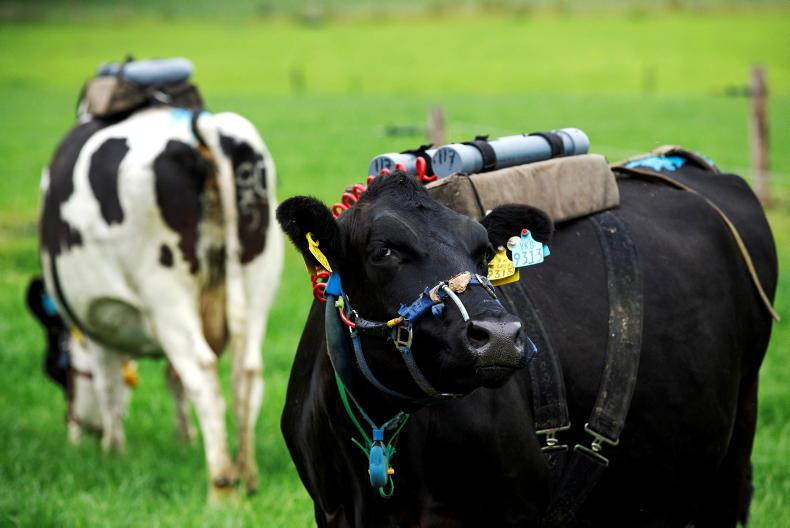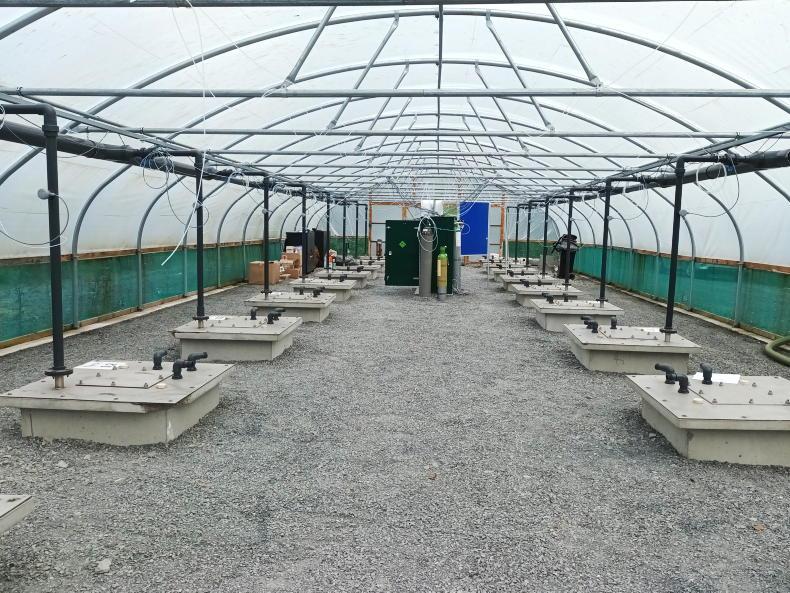The European Union and the United States have agreed to pursue a target of reducing global methane by one-third by 2030.
The Global Methane Pledge, which the two powerhouses want other countries to join, will be launched at COP26, the UN’s global climate summit which will take place in Glasgow in late October.
In addition to the EU and the US, seven countries have so far indicated their support for the Global Methane Pledge: Argentina, Ghana, Indonesia, Iraq, Italy, Mexico and the UK.
Methane, a potent greenhouse gas, accounts for about half of the 1°C rise in global average temperature since the pre-industrial era, according to the latest report of the Intergovernmental Panel on Climate Change (IPCC).
'Single most effective strategy'
The European Union, in a joint statement with the US issued at the weekend, said that rapidly reducing methane emissions is complementary to action on carbon dioxide and other greenhouse gases, and is regarded as “the single most effective strategy to reduce global warming in the near term and keep the goal of limiting warming to 1.5°C within reach”.
It added that cutting methane emissions this decade is an important part of the European Union's ambition for reductions in greenhouse-gas emissions by at least 55% by 2030.
Limits on venting
“This year, the European Commission will propose legislation to measure, report and verify methane emission, put limits on venting and flaring, and impose requirements to detect leaks, and repair them,” it said.
“The European Commission is also working to accelerate the uptake of mitigation technologies through the wider deployment of ‘carbon farming' in European Union member states and through their Common Agricultural Policy strategic plans, and to promote biomethane production from agricultural waste and residues,” it said.
The European Commission is also working to accelerate the uptake of mitigation technologies through the wider deployment of ‘carbon farming'
The EU said that countries have widely varying methane emissions profiles and reduction potential, but all can contribute to achieving the collective global goal through additional domestic methane reduction and international co-operative actions.
“Major sources of methane emissions include oil and gas, coal, agriculture and landfills. These sectors have different starting points and varying potential for short-term methane abatement with the greatest potential for targeted mitigation by 2030 in the energy sector,” it said.
We’re facing an inflection point with the climate crisis — and the time to act is now. This morning, I reconvened the Major Economies Forum on Energy and Climate to discuss our progress here at home and how we can rally the world to tackle this crisis with the urgency it demands. pic.twitter.com/jQjUKweBL8
— President Biden (@POTUS) September 17, 2021









SHARING OPTIONS